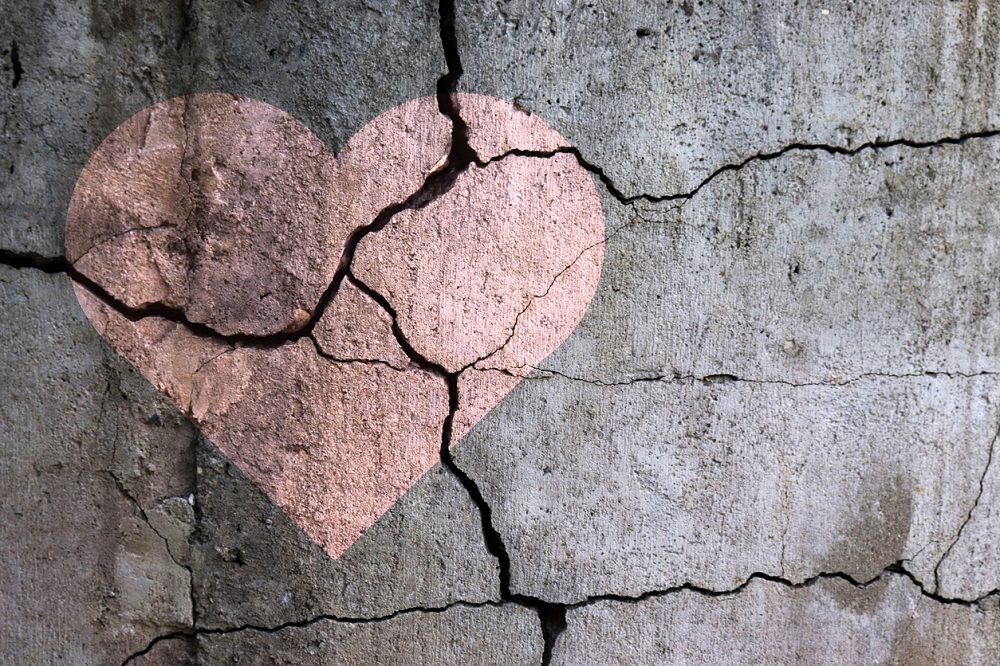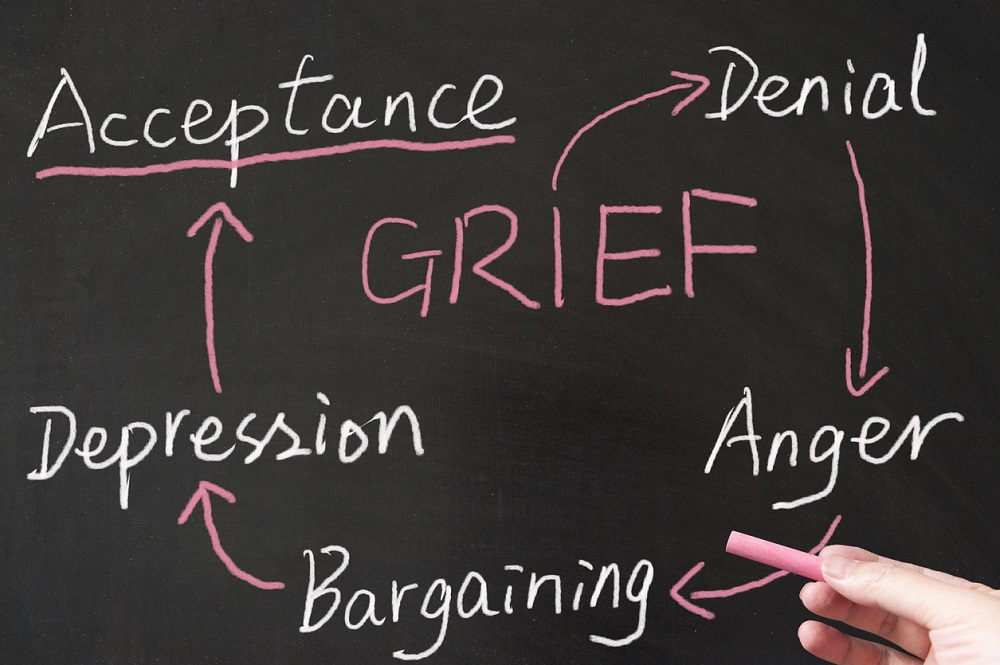Understanding the grief cycle

Grief. It’s part of the human condition, part of life. At some point in our lives we all have to deal with it, and we all do so in different ways. At the same time there has always been a need to deal with grief with grace, deconstruct it, handle it and understand it. That’s another part of the human condition. We can’t help ourselves. As naturally curious creatures we explore, analyse, and categorise more or less everything we come across in life, then we figure out ways to make more sense of things.
No wonder Elizabeth Kobler Ross’s Grief Cycle has proved so to be of interest to so many people. It gives us a linear, logical structure through which we can understand and handle our grief. Even though it can seem rather simplistic, with most people left looping in and out of the five stages of grief she proposes, often going back and forth without a logical progression, it always helps to define uncomfortable feelings and pin them down. Here’s more about the Grief Cycle.
About Elisabeth Kübler-Ross
Elisabeth Kübler-Ross was a Swiss-American psychiatrist. She carried out pioneering work on near-death studies and was the author of the internationally best-selling book, On Death and Dying. In the book she introduced her theory of the five stages of grief, also called the Kübler-Ross model.
Understanding the Grief Cycle

The Grief Cycle contains five stages, each of which can come and go in any order. Here they are, in the order Elisabeth proposed.
Stage 1 – Denial
Denial helps us survive the powerful pain of loss. The world is meaningless. Life feels overwhelming, unreal, shocking. Denial makes us go numb. We feel unable to continue. But denial is positive even though it hurts. It’s designed to get us through the grey days, handling our grief bit by bit. Denial only give us as much grief as we can handle at a time. It lets us gradually accept the reality of our loss. This kicks off the healing process. The stronger we get, the faster denial fades away.
Stage 2 –Anger
Anger comes next. It’s possible to be absolutely and totally furious with the object of our grief, and with the loss itself, and it’s painful. But, again, it forms part of the healing process. We need to feel the anger, let it happen, let it surge over us. The more house room we give it, the faster it’ll die away, leaving us ready to take the next step to recovery. While the anger has no limits, it’s natural to feel the pain. The structure our fury provides anchors us to the loss, giving us something firm to hang onto. Remember, the anger we feel is a direct reflection of the magnitude of our loss. Let it come.
Stage 3 – Bargaining
Bargaining is the third stage. It feels like we’d do anything and everything to get the person back. We would climb mountains, run thousands of miles, fly to the moon to get them back. We beg, we plead, we try not to walk on the lines in the pavement, we engage in all sorts of magical thinking. We ask ‘what if’ in a thousand different ways. And we feel terribly guilty about all those ‘what if’ moments when we didn’t express our love, forgive, or appreciate them more. The pain of the loss is so bad we’d do anything to get rid of it.
Stage 4 – Depression
Depression. It’s awful, but it’s part and parcel of recovering from grief. In this stage we step into the present for the first time. Grief works its way deeper into our psyche. It goes on and on, and we wonder if it’ll ever end. While it’s agonising, it’s completely natural. We withdraw from life, wander around in a fog of unhappiness, even wonder if there’s any point to life. There’s no need to snap out of it. There’s no timescale for any of these stages. Once our loss settles in for real, it is depressing. But the grieving process is essential, grief is part of healing, and depression is an essential part of the journey.
Stage 5 – Acceptance
You’re not OK. Far from it. But you’re getting there. Acceptance means accepting the reality of our loss at last. Now we realise your reality has changed for good. We start to learn to live with it. We shouldn’t try to resist the feeling. We can’t stay in the past, and there’s no way to recreate it in the here and now. We have good days and awful ones but we’re not betraying the person we loved by feeling a bit better. We can’t replace them but we can create new relationships that matter. At this stage we leave denial behind, listen to our selves, figure out what we need, and evolve to suit the new context we’re in. In short, we start to live again.
A simple but beautiful structure for handling deep sadness

Like any model, the Grief Cycle can seem too simple. As we’ve mentioned, people move in and out of the stages and they don’t always follow the order they’re laid down in. But at the same time it’s rather beautiful. In our experience it can genuinely help grieving people come to terms with what has happened to them.
It might seem strange but good things can come out of grief. Let’s finish off with a quote from Elisabeth herself:
“The most beautiful people we have known are those who have known defeat, known suffering, known struggle, known loss, and have found their way out of the depths. These persons have an appreciation, a sensitivity, and an understanding of life that fills them with compassion, gentleness, and a deep loving concern. Beautiful people do not just happen.”
Elisabeth Kübler-Ross







